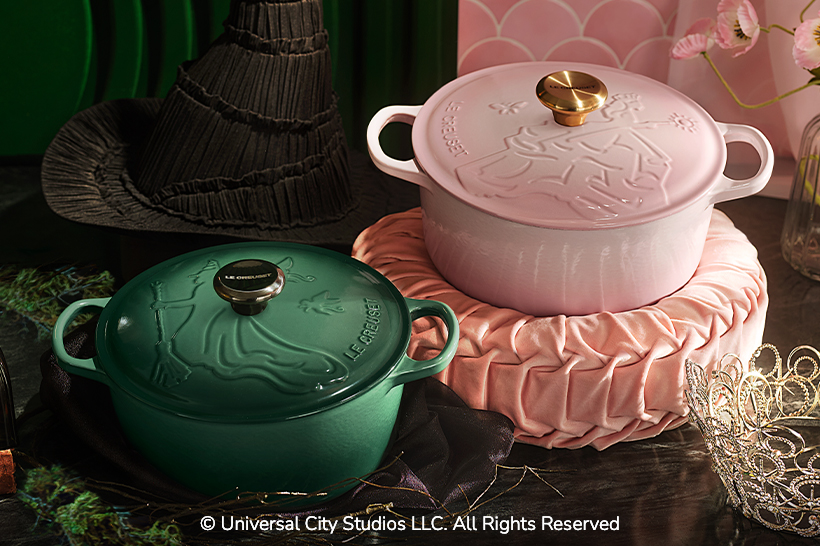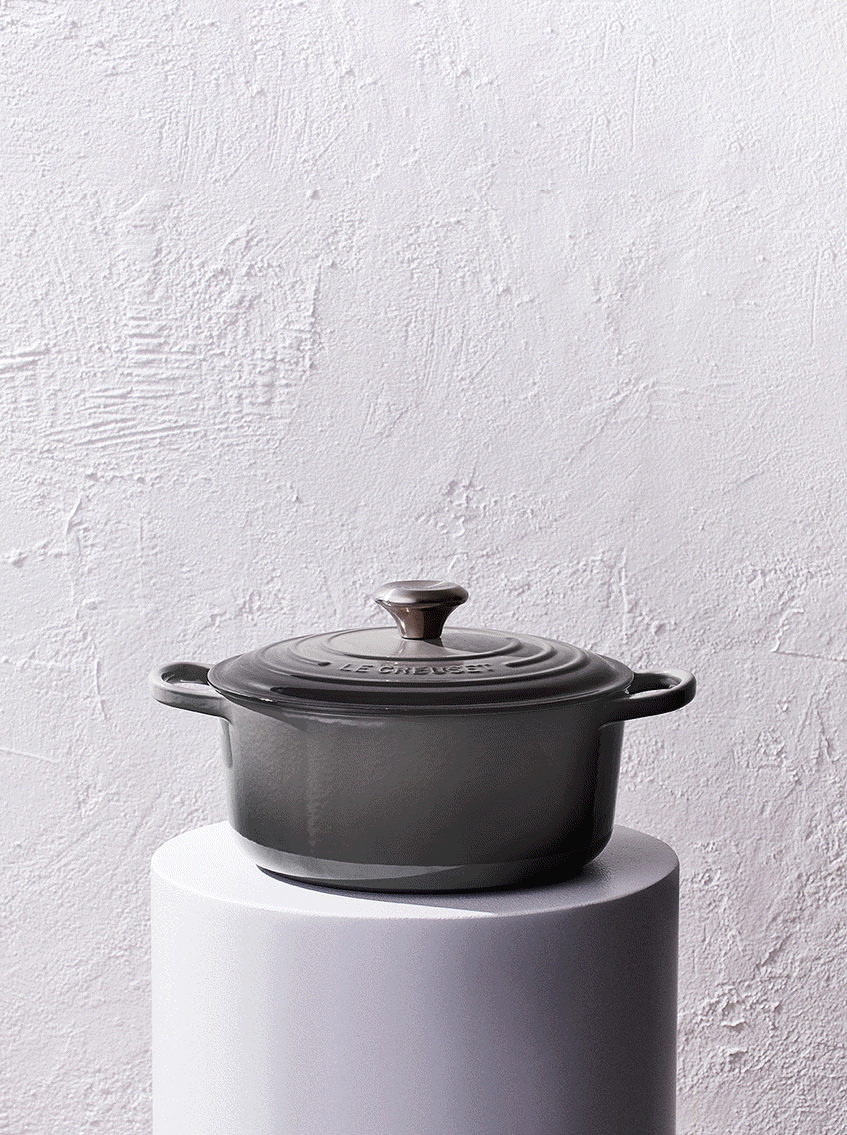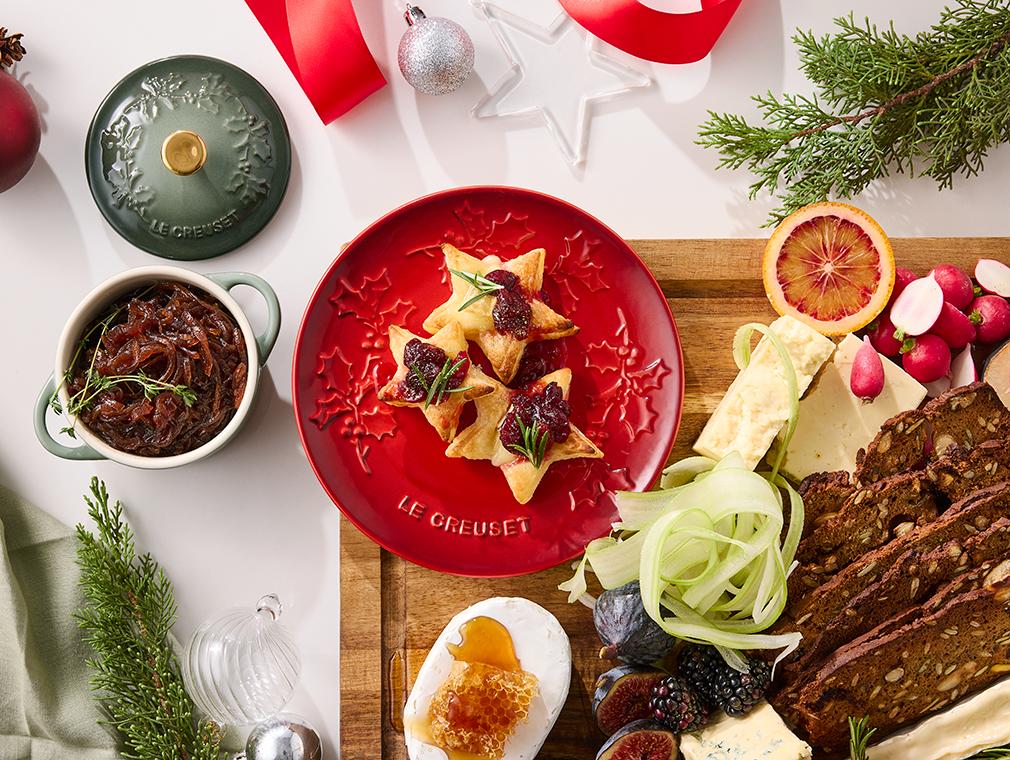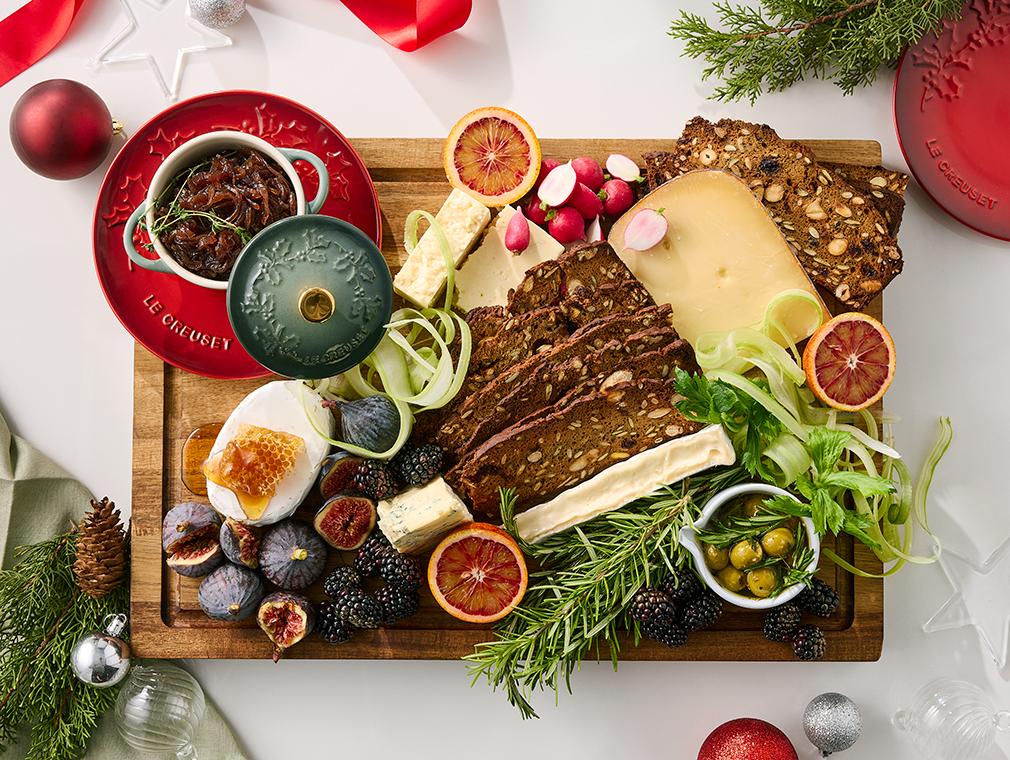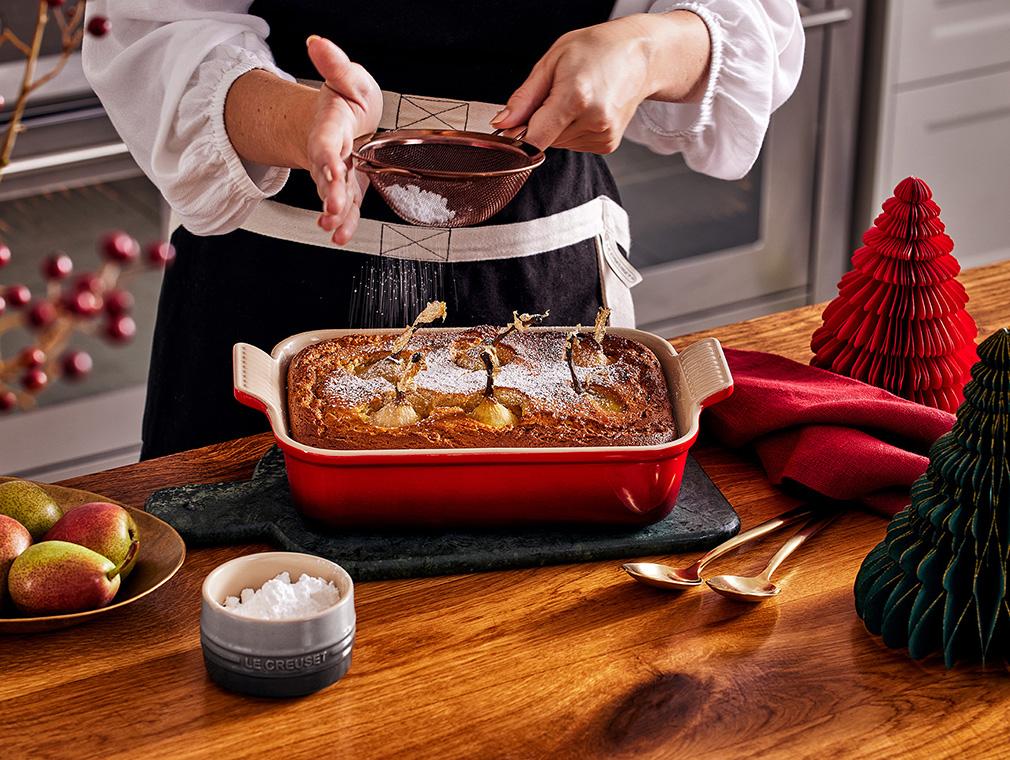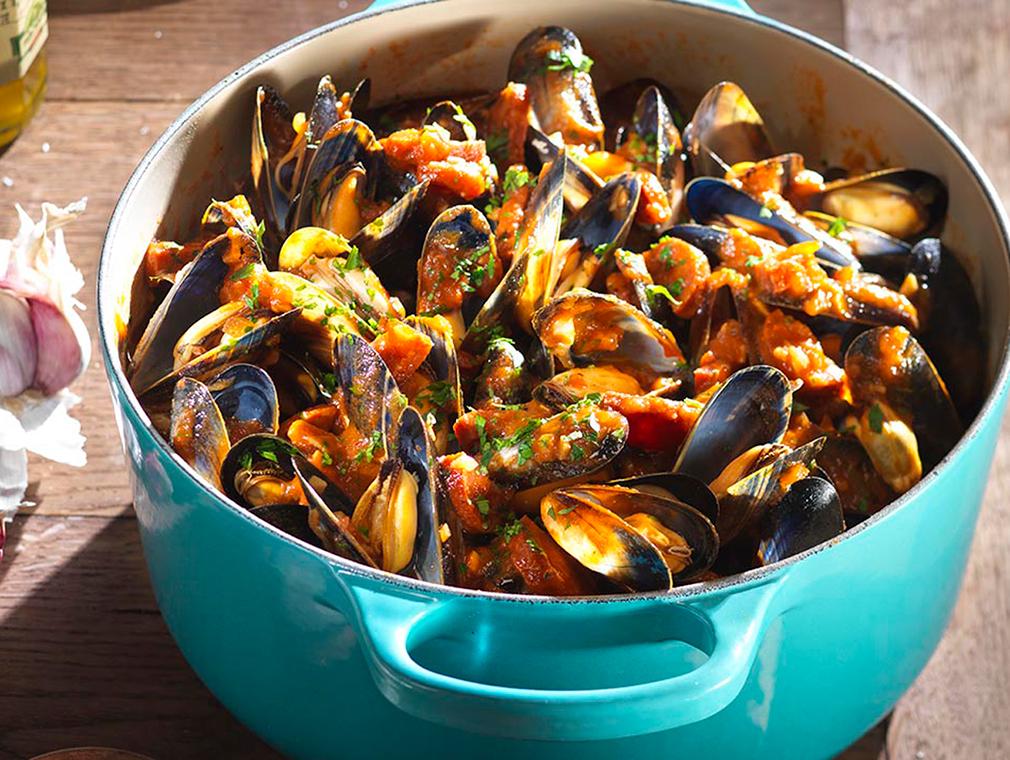
Main INGREDIENTS
- Fish & Seafood
Ingredients
Method
Ingredients
- 200g (7oz) good quality cooking chorizo- skinned
- 3 tablespoons extra virgin olive oil, plus extra for serving
- 1 medium onion- finely chopped
- 5 large garlic cloves- 4 finely chopped and one left whole
- ½ teaspoon crushed dried chillies
- 1 teaspoon sweet pimenton (Spanish smoked paprika)
- 400g (14oz) tomatoes, fresh or from a can- skinned and chopped
- 1 tablespoon tomato puree
- 100ml (4floz) dry white wine
- 100ml (4floz) fish stock, chicken stock or water
- 3 tablespoons sherry vinegar
- 2 teaspoons caster sugar
- 1.25kg (2 ¾lb) rope grown mussels- cleaned (see cook's notes)
- 4x2cm (¾ inch) thick slices rustic white bread
- 2 tablespoons chopped flat leaf parsley
- Salt and freshly ground black pepper
-
Method
-
1Cut the chorizo in half lengthways and then across into thin slices. Put the olive oil into the casserole and place it over a medium heat. As soon as it is hot, add the chorizo sausage and fry for 2 minutes until lightly coloured. Stir in the onion, garlic, dried chilli and pimento. Place on the lid and cook gently for 10 minutes until the onion is very soft. Add the tomatoes, tomato puree, wine and stock or water and simmer without the lid for 10-15 minutes until it has reduced by about half.
-
2Put the sherry vinegar and sugar into a small pan and boil until reduced to 2 teaspoon. Stir it into the tomato sauce and season lightly with salt and some black pepper.
-
3Heat a large, ridged griddle pan over a high heat. Whilst the griddle is warming, tip the mussels into the tomato sauce, cover and cook over a high heat for 4 minutes until all the mussels have just opened. Half ways through cooking give the mussels a good stir. Meanwhile, add the slices of bread to the griddle pan and leave them to toast, pressing down lightly on them with a fish slice, until they are nicely golden and marked with the bars from the griddle. Rub one side of each slice with the remaining whole garlic clove. Place a slice in the bottom of 4 large, warmed soup plates and drizzle with a little olive oil.
-
4Uncover the mussels and stir in most of the parsley, coasting the mussels with chorizo and tomato sauce as you do so. Spoon the mussels and plenty of sauce on top of the garlic toasts, sprinkle with the remaining parsley and serve straight away.
-
5Cook's Notes
-
6Mussels are ideally suited to the cold winter waters of the British Isles and are at their best when there is an 'R' in the month, between September and April. During the summer months when the waters are that bit warmer, they expend all their energy during spawning, which results in poor quality meats and less flavour.
-
7Farmed rope grown mussels are best because they are usually of a uniform size, have thinner, cleaner shells, big fat juicy meats and open quickly at about the same time during cooking.
-
8Fresh mussels should just smell faintly of the sea. Most of the shells should be tightly closed when you get them, or they should close up when given a light squeeze or gentle tap on the side of the sink. They should also feel quite heavy. Stale mussels are light in comparison. Once mussels start to get old and die, they constantly open and close their shells, all the while losing their juices, which means that the cooked meats will not be as plump and juicy and they won't yield as much liquid during cooking.
-
9Allow between 600g (1lb 5oz) and 750g (1¾lb) of mussels per person for a main course. Transfer them to a large bowl as soon as you get them home and cover them closely with a thick layer of wet newspaper or a wet old tea towel. This will keep them alive. Use them on the same day that you buy them, unless you know they have just come from the sea; they will then last a couple of days, but no longer. When you are ready to cook them, clean them by giving them a good scrub under some cold running water, knock off any barnacles with a knife, and then pull out the 'beards' from between the tightly closed shells. Discard any that have broken shells or don't close when you tap them on the side of the sink.







